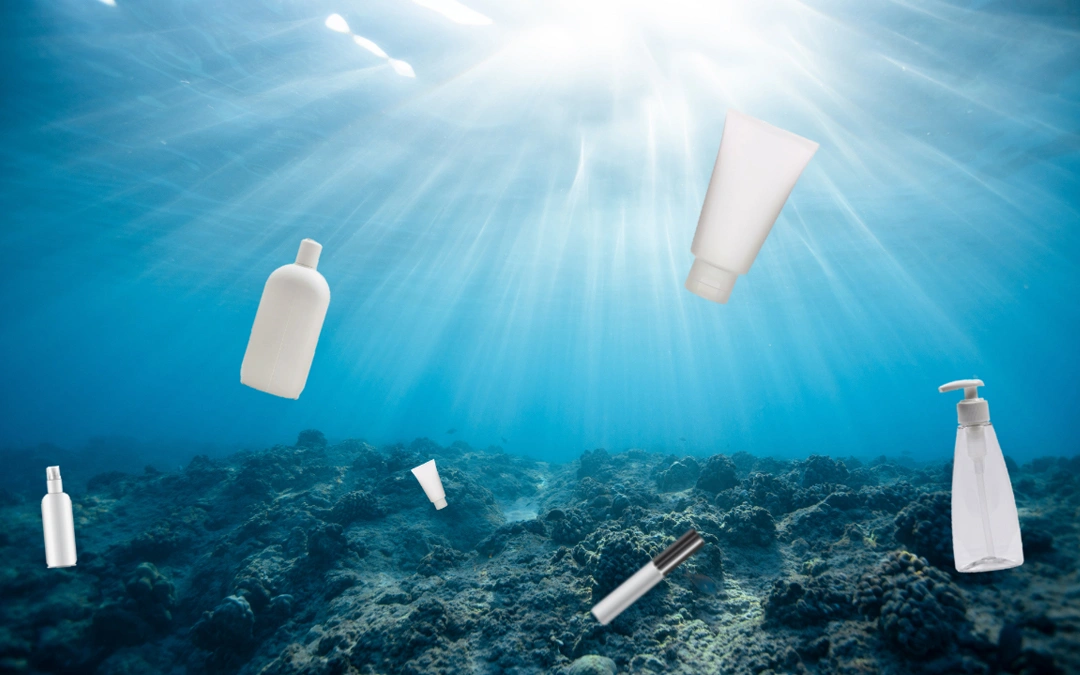Waterless skincare refers to beauty products formulated without water as a primary ingredient. Instead of using water—which is often just a filler in many cosmetic products—these formulations rely on oils, butters, botanical extracts, and powdered actives. Traditionally, most skincare products contain up to 80% water, but this trend flips that equation, focusing on potent, concentrated ingredients.
Why It’s a Big Deal in 2025
1. Global Water Conservation
As water scarcity becomes a pressing global issue, the beauty industry is being called to reduce its reliance on water-intensive production. Waterless products help lower the industry’s environmental impact—both in formulation and in manufacturing processes.
2. Smaller Footprint
Without the need for bulky water-based formulas, these products typically come in smaller, more efficient packaging. This means less plastic, reduced waste, and lower emissions during transportation. It’s a win for both sustainability and logistics.
3. Higher Potency, Less Waste
Waterless products often contain a higher concentration of active ingredients. This makes them more effective, while also reducing the need for preservatives. Without water, there’s less risk of bacterial growth—leading to longer shelf life and cleaner labels.
How These Products Work
- Solid Balms: Rich, oil-based formulas that melt into the skin on contact.
- Powdered Cleansers or Masks: Activated with a splash of water before use, offering a customizable experience.
- Oil-Based Serums: Lightweight yet powerful, these deliver nutrients without diluting their potency.
Benefits at a Glance
| Advantage | Impact |
|---|---|
| Water Saving | Reduces dependence on freshwater resources |
| Lightweight Packaging | Uses less plastic and space |
| Lower Emissions | Smaller shipments mean a smaller carbon footprint |
| Potent Formulas | Higher concentration of actives; better performance |
Challenges and What to Know
While waterless skincare is environmentally friendly, it does come with a learning curve. Consumers may find the texture or method of application different from traditional products. Brands are now focusing on improving user experience through education and innovation.
Additionally, developing effective water-free products often requires more complex research and formulation. But the payoff is a cleaner, more responsible beauty product—without compromising results.
Market Outlook
The waterless skincare market is growing fast. With billions invested in clean beauty and sustainability, this trend is expected to dominate shelves over the next five years. Consumers are demanding transparency, ethics, and responsibility from their favorite brands—and waterless beauty fits right into that demand.
The Future Is Less Water, More Impact
Waterless skincare represents more than just a trend—it’s a shift in how we think about personal care and the planet. From eco-conscious consumers to forward-thinking brands, the movement is gaining momentum across the globe.
As climate concerns rise and innovation continues, waterless beauty is proving that sustainability and luxury can go hand in hand.
Discover more empowering stories and insightful content like this on GRISU TIMES, your go-to destination for inspiration and knowledge.
Follow GRISU TIMES on Instagram: https://www.instagram.com/grisutimes/

